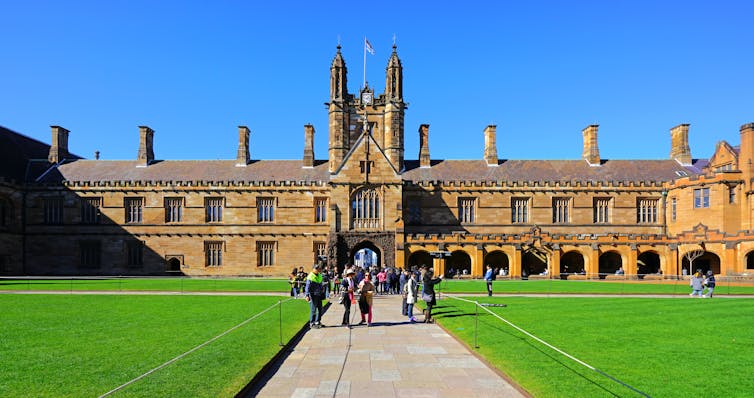Think our unis are all much the same? Look more closely and you will find diversity
The sameness of the way in which universities present themselves is based on a shared view of what they think stakeholders want. Behind the official facade it’s more like ‘organised anarchy’.



